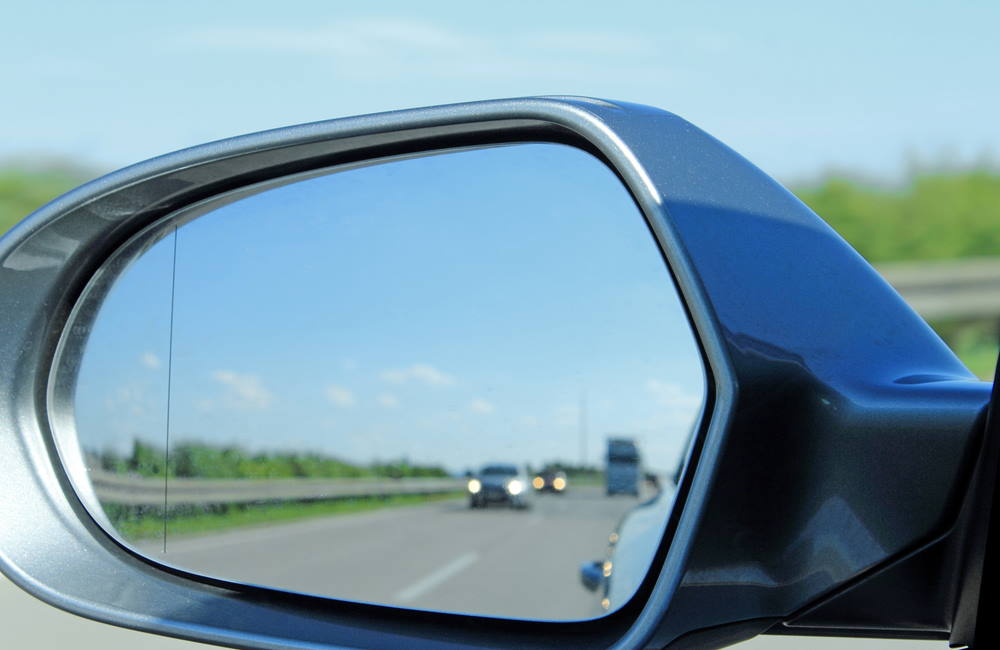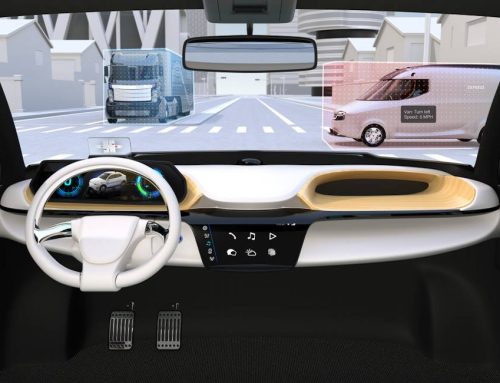Large trucks and other commercial vehicles all come with one major issue: large blind spots where a driver cannot see. Depending on the vehicle, the location of these blind spots can vary from 30 feet ahead to 20 feet behind, as well as two lanes on the passenger side and one on the driver side.
All commercial vehicle drivers need blind spot protection to help them do better at avoiding crashes and collisions. It’s impossible to achieve without using telematics systems that allow drivers to monitor blind spots and avoid accidents.
These systems have become popular with fleet managers who want to improve risk management and enhance the safety for truck drivers. Blind spot protection technology works with commercial fleets in all industries, including oil and gas fleets, healthcare fleets, utility company fleets and commercial transport fleets.
The Dangers of Blind Spots
Blind spots on large vehicles are the cause of thousands of crashes every year in the United States and around the world. The issue is so well-known that studies have focused on how just this one issue leads to traffic injuries and fatalities.
One of the most dangerous situations involves turning right. A truck driver cannot see a cyclist or pedestrian moving straight forward when they start to turn right. A study from the United Nations Economic Commission for Europe found that in one year alone, this situation resulted in 23 fatalities, 118 serious injuries and 640 overall injuries for cyclists in Germany. Getting hit by trucks turning right accounted for 6 percent of all cyclist deaths.
The Federal Motor Carrier Safety Administration encourages large vehicle drivers to always keep blind spots in mind. “Large truck and bus drivers can make a plan for safety by checking their mirror and checking them often,” a video on the issue states.
But technology can take a safety plan beyond what mirrors offer.
How Blind Spot Protection Works
Checking mirrors continuously while driving is one of the best practices for safe driving. It should become second nature to every commercial vehicle driver. But technology can support them in offering alerts and warning systems when cyclists or pedestrians enter blind spots.
Most systems involve the placing of cameras around the vehicle to monitor blind spots. When someone enters the blind spots hidden from the driver’s view, the system instantly sends an alert to the driver so they can take appropriate action (such as braking rather than continuing with a right-hand turn).
In some systems, a yellow light means the system has detected a pedestrian, cyclist or motorcyclist in a blind spot and that drivers should proceed with caution. A red light, which comes with an audio alert, means the truck is at the risk of a collision and that drivers should take immediate action.
These active systems also warn drivers when another vehicle enters into a blind spot on the road. This is especially useful if a truck driver is preparing to change lanes. And perhaps the best known use of these systems are backup cameras that give drivers a view of what is behind them and alert them if someone enters their projected path.
These systems offer blind spot protection that enhances and improves upon what drivers can do with mirrors. Used properly, they provide a system that helps drivers avoid collisions, making the roads that much safer.









